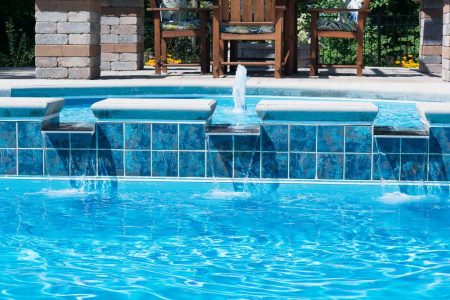
The summer swim season is heating up! As we’re planning the opening of our pools (or maybe even getting ready for the installation of a new one!), it’s a good time to review the importance of maintaining proper water chemistry. It’s crucial to the life of your pool and to your family’s health as well. The simplest way to ensure proper water chemistry is to stay on top of it from the day you open your pool. It’s much easier to be proactive than to restore the balance once it’s gone astray. Don’t be discouraged by the word “chemistry;” there are great tools to simplify the process and we’re going to break down the basics for you so that you maintain a crystal clear and swim-ready pool the whole summer.
Water Balance
Water balance is the interaction of the physical characteristics of water. It consists of pH, alkalinity, calcium hardness, temperature and total dissolved solids. Much like the ratios of sweet, salty and sour ingredients in a recipe, if the balance of one is off, it can throw off the whole dish. So let’s take a look at each one of those ingredients and how they can affect the life of your pool overall.
Acidity (pH)
pH is the standard notation for the “potency of hydrogen.” It’s the measure of the acidic nature of the water. The measurement scale for pH ranges from 0 to 14, with 7 being neutral. It is the opposite of alkalinity, and its job is to keep alkalinity in check. As you’ll see when we talk about alkalinity next, it can do some damage if left unchecked.
The recommended range for your total pH for most pools is a minimum of 7.2 ppm to a maximum of 7.6 ppm, with 7.4 to 7.6 ppm being ideal. The recommended range for fiberglass pools is 7.2-7.6 ppm)
Alkalinity (ALK)
Alkalinity is the measure of water’s ability to buffer itself from wide swings in pH. (So, it’s the yin to pH’s yang.) If your alkalinity is low, your water will become corrosive. This can cause stains on your pool’s surface. If your alkalinity is high, your water will become cloudy or scaly, with a white film. This can plug filters, which reduces circulation
The recommended range for your total alkalinity is a minimum of 60 ppm to a maximum of 180 ppm, with 80-100 ppm being ideal. The recommended range for fiberglass pools is 80-120 ppm.
Calcium Hardness (CH)
Next, let’s talk about calcium hardness (CH). Hard water in your pool, just like in your shower, can cause etching on your fiberglass pool’s surface, as well as pits in your concrete and pool deck and trouble with your grout, so it’s really important to keep your CH level under control.
The recommended range for your CH is a minimum of 150 ppm to a maximum 200 ppm. For fiberglass pools, you should stay on the lower end of the ideal range.
Temperature Factor (TF)
This one is pretty obvious, and it’s the only non-chemical factor in water balance. So, if you have a heater on your pool, it will be easier to control the temperature factor, but don’t get it too warm. Although you might enjoy a “bathwater” feel, you should try to keep it no warmer than 82℉ (28℃). Otherwise, that warm water can help bacteria thrive, which can make it harder to keep your water balanced.
Total Dissolved Solids (TDS)
TDS is any chemical that remains after the water evaporates. TDS can be measured chemically or electronically. The recommended TDS level is no more than 1500 ppm.
Saturation Index (SI)
Water balance overall is referred to as the saturation index, or SI. It’s the overall balance of pH, TF, CH and ALK. Water is considered balanced if the SI is between -0.3 and +0.3. Refer to the chart to calculate your Saturation Index.
Balanced Water is Not Synonymous with Healthy Water
It’s important to note that maintaining both balanced water and healthy water is essential. Sanitation and filtration are key to ensuring that your pool water is healthy and safe for your friends and family. Talk to your local pool professional about the steps you need to take for water sanitation and to ensure that your pool is filtering your water properly.
Tools to Help You With Water Balance
The really good news is that there are lots of great tools that will help you balance your water–super easy-to-use handheld calculators, test kits and even apps you can download on your smartphone or tablet. Taking just a few moments to familiarize yourself with water chemistry and staying on top of your water balance is easy and will help you enjoy an endless summer of carefree days swimming in your crystal-clear pool. Happy swimming!
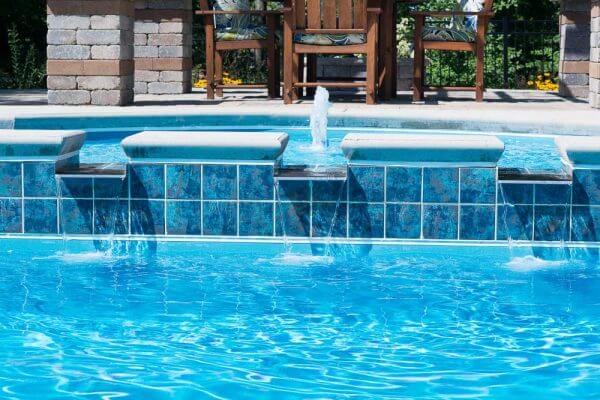
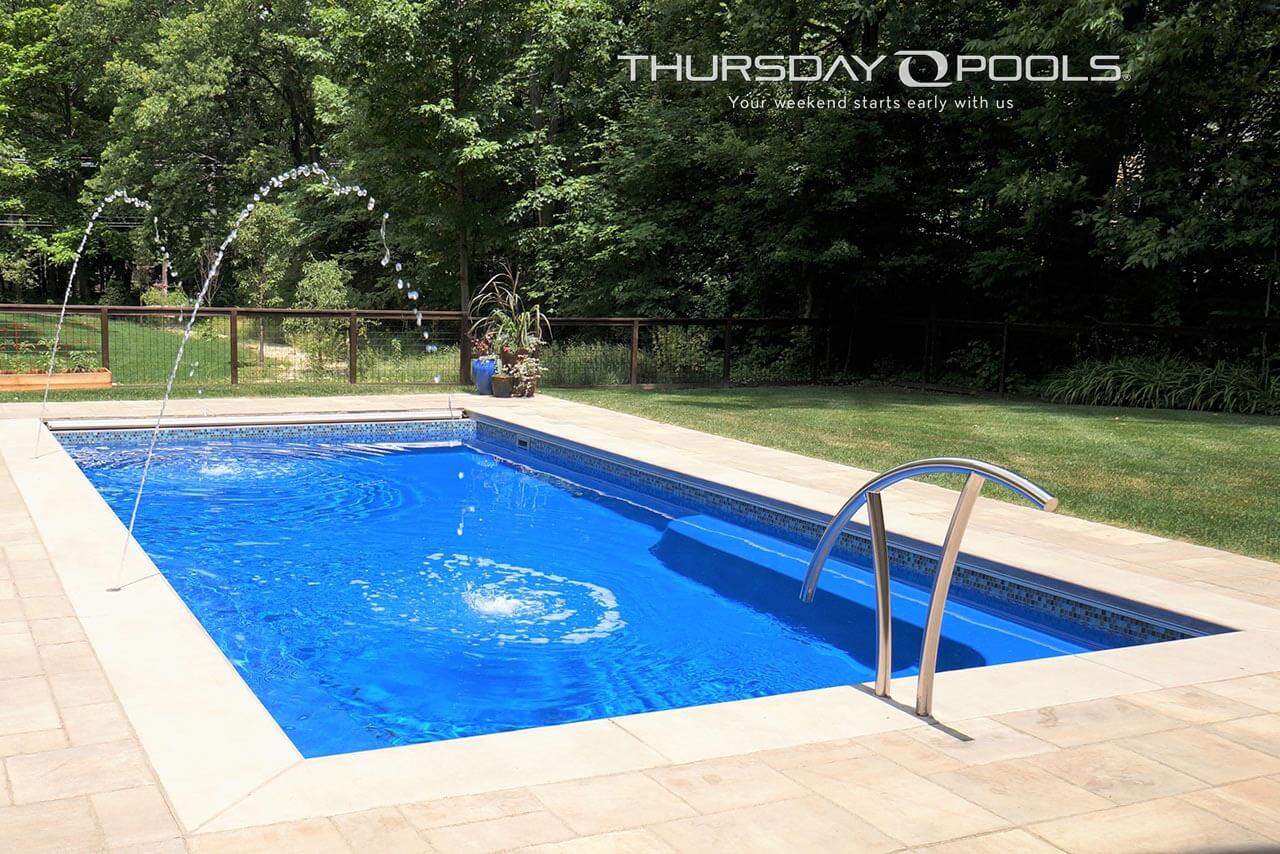
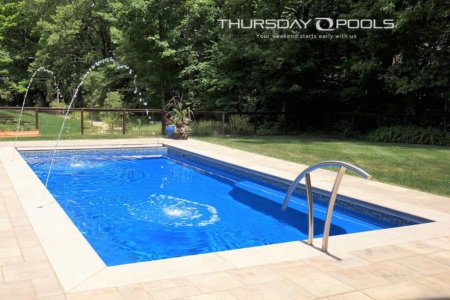 Groundwater is virtually everywhere. It lies below the earth’s surface in the cracks and spaces of soil, rock, clay, and sand. In some areas, it may be closer to the surface than in others. The upper level of which the ground saturates with water is known as the water table. Often homeowners know they have a ground water issue when they have a high-water table. Their yard may remain soft and wet for many days after rain. Your water table does vary over time and is generally at its highest later winter/ early spring. Even if you do not have a high-water table, you still need to be aware that ground water exists and can have damaging effects on your
Groundwater is virtually everywhere. It lies below the earth’s surface in the cracks and spaces of soil, rock, clay, and sand. In some areas, it may be closer to the surface than in others. The upper level of which the ground saturates with water is known as the water table. Often homeowners know they have a ground water issue when they have a high-water table. Their yard may remain soft and wet for many days after rain. Your water table does vary over time and is generally at its highest later winter/ early spring. Even if you do not have a high-water table, you still need to be aware that ground water exists and can have damaging effects on your 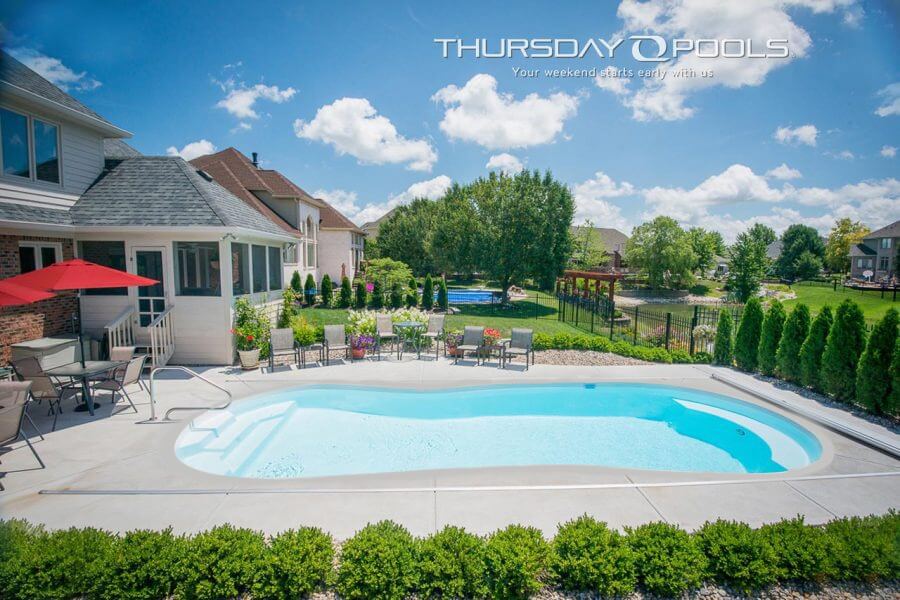
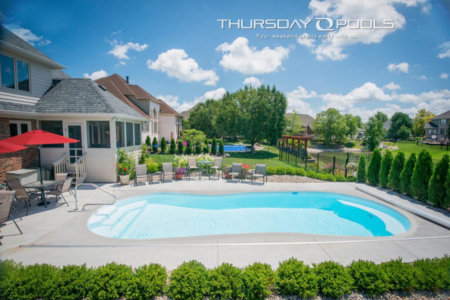 your pool summer ready.
your pool summer ready. 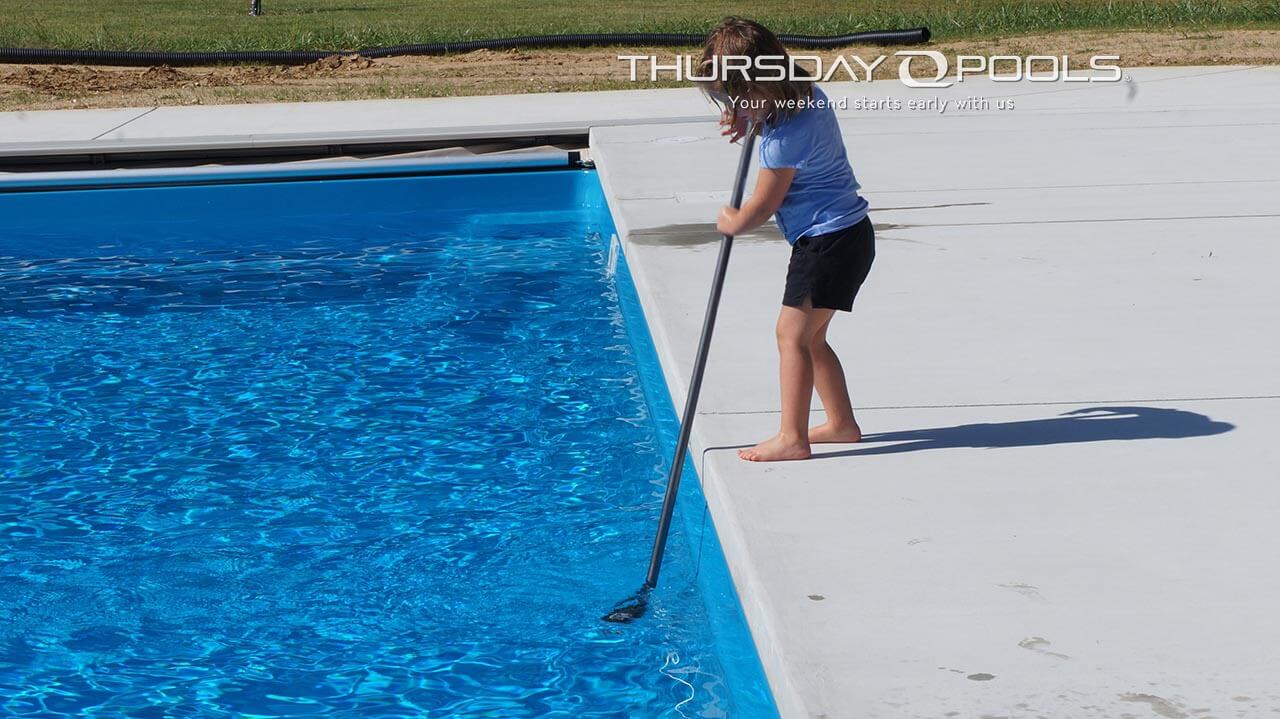
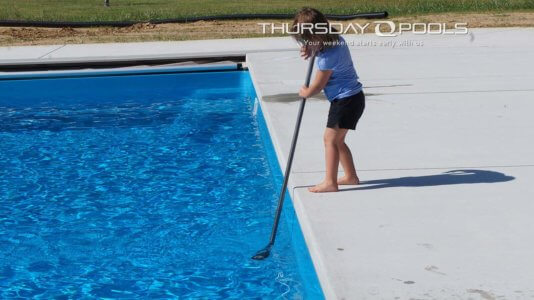 Cleaning tools, such as a skimming net or a telescoping pole, will be a lifesaver for you when it comes to cleaning out leaves, bugs or other debris from your swimming pool. Do what you can to maintain a regular maintenance schedule to clean out debris like leaves and bugs. Another tool you can use that will help clean out dirt at the bottom of your pool is a leaf vacuum. These cleaning tools will help you clean your pool in no time at all.
Cleaning tools, such as a skimming net or a telescoping pole, will be a lifesaver for you when it comes to cleaning out leaves, bugs or other debris from your swimming pool. Do what you can to maintain a regular maintenance schedule to clean out debris like leaves and bugs. Another tool you can use that will help clean out dirt at the bottom of your pool is a leaf vacuum. These cleaning tools will help you clean your pool in no time at all.